Suppressor For Hunting: A Comprehensive Guide
Hunting is an age-old tradition, and with the advancement of technology, it has evolved in many ways. One such innovation is the suppressor for hunting. Whether you’re a seasoned hunter or just starting out, this guide will provide you with all the information you need about suppressors.
What is a Suppressor For Hunting? 😏
A suppressor, often referred to as a silencer, is a device attached to the barrel of a firearm to reduce the noise, muzzle flash, and recoil produced when the gun is fired. Contrary to popular belief, it doesn’t make the gun completely silent but significantly reduces the noise.
➡️ Why use a suppressor for hunting?
- 1️⃣ Noise Reduction: The primary reason is to reduce the noise. This not only benefits the shooter by protecting their hearing but also minimizes disturbance to wildlife and nearby residents.
- 2️⃣ Accuracy: Suppressors can increase accuracy by reducing recoil and muzzle rise.
- 3️⃣ Conservation: By causing less disturbance, there’s a lesser chance of scaring away other animals, promoting a more ethical hunting approach.
✅ Suppressors, often integral tools for modern hunters, play a pivotal role in reducing noise, cutting down on recoil, and ensuring minimal disturbance to the surrounding wildlife.
✅ Their design, often crafted from materials like titanium, stainless steel, and cobalt, ensures durability and performance.
❌ However, while the benefits are clear, there are challenges to consider. The addition of a suppressor can increase the firearm’s weight, potentially making it more cumbersome during long treks.
⚠️ Regular maintenance is crucial, as suppressors can accumulate fouling and residue that affect their efficiency.
⚠️ Moreover, navigating the maze of local regulations surrounding suppressor use can be daunting, with varying rules and guidelines across regions.
It’s essential for hunters to be well-informed about both the advantages and challenges of using suppressors, ensuring they can make the most of their hunting sessions while adhering to safety and legal standards.”
Top picks of best suppressor for hunting include:
1.🥇 Noveske KX5 Flash Suppressor
2.🥈 Noveske Rifleworks KX3 Flash Suppressor
3.🥉 Daniel Defense Flash Suppressor
Types of Suppressor 💥
There are several types of suppressors, each designed for specific needs and firearms:
| ➡️ Types: | 💬 Description: |
| 🔘 Rimfire Suppressors | These are designed for .22 caliber and smaller firearms. They are usually lightweight and more affordable. |
| 🔘 Centerfire Pistol Suppressors | Made for handguns, these are durable enough to handle the high pressures of pistol rounds. |
| 🔘 Centerfire Rifle Suppressors | Built for rifles, they are robust and designed to handle powerful rounds. |
| 🔘 Shotgun Suppressors | Less common, but they do exist for those looking to muffle the sound of their shotgun. |
| 🔘 Integral Suppressors | These are built into the gun itself and are not detachable. |
Installation ⚙️
Installing a suppressor is straightforward, but there are some key steps to follow:
| ➡️ Step: | 💬 Description: |
| 1️⃣ Ensure the Firearm is Unloaded: | Always practice safety first. Make sure your firearm is unloaded and safe to work on. |
| 2️⃣ Choose the Right Thread: | The suppressor should match the threading on your firearm’s muzzle. Some guns might require an adapter. |
| 3️⃣ Screw on the Suppressor: | For direct thread suppressors, screw it onto the muzzle until it’s snug. Don’t over-tighten. |
| 4️⃣ Quick-Detach Systems: | If using a QD system, attach the muzzle device first, then the suppressor will lock onto this device. |
| 5️⃣ Alignment: | Ensure the suppressor is aligned correctly to avoid any bullet strikes on the suppressor. |
| 6️⃣ Check Tightness: | Especially for those who use their suppressors on multiple guns, always check the tightness before firing. |
⭕️ Note: In many countries and states, suppressors are regulated items. Ensure you’re compliant with local laws, have the necessary permits, and always use them responsibly.
How to Choose? 🤨
When it comes to enhancing your hunting experience, choosing the right suppressor can make a world of difference. Whether you’re aiming to protect your hearing, reduce recoil, or minimize disturbance to wildlife, a suppressor can be a valuable addition to your gear.
1️⃣ First and foremost, it’s essential to determine your primary purpose for using a suppressor. Are you hunting a small game like squirrels or a larger game like deer? Is your main goal just noise reduction, or are you also keen on reducing recoil? Your answers will guide your choice.
2️⃣ The caliber compatibility of the suppressor is another vital consideration. While some suppressors can handle multiple calibers and offer versatility, others are designed specifically for a particular caliber, ensuring optimal performance.
3️⃣ Material choice plays a crucial role in the suppressor’s durability and weight.
- Titanium, for instance, is lightweight and strong, albeit a bit on the pricier side.
- Stainless steel offers durability and is often more budget-friendly than titanium, but it’s heavier.
- Aluminum, on the other hand, is best suited for lower-caliber firearms due to its lightweight nature, though it might not be as durable as the other two.
4️⃣ Size matters too. A longer suppressor generally provides better sound reduction. However, it can make the firearm feel front-heavy. Similarly, while a suppressor with a larger diameter might offer better sound reduction, it could interfere with the firearm’s sights.
5️⃣ When evaluating suppressors, it’s essential to look at their decibel reduction rating. The higher the reduction, the quieter your shot will be. However, it’s worth noting that sometimes the real-world performance can differ from the provided rating, so checking reviews and testimonials can be beneficial.
6️⃣ The mounting system is another factor to consider. The direct thread system is straightforward, with the suppressor screwing directly onto the muzzle. In contrast, the Quick-Detach (QD) system allows for rapid attachment and detachment, though it might come with a higher price tag.
7️⃣ Maintenance and durability go hand in hand. Some suppressors can be disassembled for cleaning, potentially extending their lifespan. In contrast, welded suppressors are typically more robust but might not offer the same level of thorough cleaning.
8️⃣ Of course, your budget plays a role in your decision. Suppressors come in a wide range of prices, so determining your budget and finding the best option within that range is crucial. Additionally, a good warranty can indicate the manufacturer’s confidence in their product.
9️⃣ Legal considerations are paramount. Suppressors are regulated in many countries and states. It’s essential to ensure that suppressors are legal in your area and to familiarize yourself with the regulations. In places like the U.S., obtaining a tax stamp from the ATF and completing other paperwork is necessary.
⭕️ Choosing the right suppressor for hunting is a blend of personal preferences, technical considerations, and legalities. By understanding your needs and conducting thorough research, you can elevate your hunting experience while ensuring safety and compliance with regulations.
🥇 Best Suppressor For Hunting Reviews
1# Spikes Tactical ST Dynacomp Extreme Suppressor
The Spikes Tactical ST Dynacomp Extreme Suppressor is a newly introduced device built for efficiency. Its primary function is to minimize recoil impulse and muzzle climb, which in turn aids in quicker consecutive shots.
Made of sturdy stainless steel and coated in nitride black, it’s designed to withstand intense usage. The suppressor features ball-dimpled ports, facilitating the even spread of gases and efficient cooling.
2# Next Level Armament Alice Spiked Compensator Flash Suppressor
This Suppressor is a notable addition to rifles. Made from billet stainless steel using live lathes, it’s designed to effectively reduce recoil and muzzle rise without compromising on its flash suppression capability.
The NLX-8 is further enhanced with a Nextride coating to ensure durability and features a laser-etched logo for a refined appearance. When attached to a heavy stainless barrel, it promises top-tier performance and quality.
Suitable for both hunting and precision shooting, this device stands out as a reliable muzzle attachment.
3# Noveske KX5 Flash Suppressor
The Noveske KX5 Flash Suppressor is designed for those who prioritize quality and consistent performance. Made with heat-treated CM construction in specialized facilities, it boasts a nitride finish that enhances its durability. Despite its lightweight design, it’s suitable for any barrel length and offers optimal performance.
Each suppressor also has a unique serial number, reflecting a commitment to quality control during its manufacture.
4# Noveske Rifleworks KX3 Flash Suppressor 22 Caliber
This Suppressor 22 Caliber is a functional accessory for firearms. It has a distinct design that prioritizes flash suppression and safeguards nearby individuals from potential side blasts during operation.
Beyond reducing muzzle flash, it also mitigates felt recoil and muzzle rise, aiding in maintaining target focus for subsequent shots.
Constructed from high-carbon steel, it can endure the pressure from numerous rounds. A matte black manganese phosphate finish further enhances its durability.
5# Tactical Solutions Inert Suppressor
View on OpticsPlanet View on Brownells
The TacSol Inert Suppressor is suitable for short-barreled rifles or pistols, especially when paired with SB-X barrels. Made from aluminum, it comes in a matte black or black finish, complementing the firearm’s appearance.
Notably, this model doesn’t necessitate NFA paperwork as it’s designed without sound reduction capabilities.
6# Daniel Defense Flash Suppressor
The Daniel Defense Flash Suppressor is a suitable choice for those seeking dependable muzzle protection. Constructed from robust stainless steel and coated with a salt bath nitride for added durability, this suppressor is designed for resilience.
It helps in minimizing recoil impulse, which in turn aids in quicker target realignment and subsequent shots. Moreover, it addresses the issue of “muzzle climb” that might arise during hasty or imprecise firing.
This suppressor also offers notable noise reduction and can enhance shooting accuracy.
7# Troy Medieval Flash Suppressor
The Troy Medieval Flash Suppressor features large light slots that effectively disperse flash, helping to maintain clear vision. Installation is simple with the provided instructions from Troy.
This suppressor is adept at minimizing muzzle flash, aiding in maintaining focus during operations.
8# Surefire Socom556-RC2 Suppressor
The Surefire Socom Suppressor is equipped with Fast-Attach technology, allowing for easy connection. This suppressor offers notable sound reduction and a minimal shift in POI, along with effective signature attenuation. Made from high-temp alloy, it’s designed for durability, especially in challenging environments.
9# Surefire Socom300 SPS Series Sound Suppressor
The Surefire Socom300 SPS Series Sound Suppressor offers significant sound attenuation. Suitable for both supersonic and subsonic ammunition, this .30 caliber suppressor is robust and can handle full-auto firing.
It features a patented V-baffle design and is constructed from a mix of high-temp alloy and stainless steel, ensuring it can withstand tough conditions.
Given its quiet performance and advanced features, the SureFire Socom300-SPS suppressor stands as a durable and reliable choice for long-term use.
10# Surefire Socom7.62-RC2 Suppressor
The SureFire Socom762-RC2 Suppressor offers notable sound suppression while maintaining a consistent point-of-impact. It utilizes the Fast-Attach technology system, a feature common in the Socom Series from SureFire.
Constructed for durability, those using this Suppressor can expect consistent and reliable performance.
11# Silencerco Omega 36m Multi Caliber Suppressor
The Silencerco Omega Multi-Caliber Suppressor is suitable for firearms enthusiasts and those considering home protection. It offers versatility in sound suppression across various commonly used calibers.
The Omega 36M is a modular suppressor compatible with multiple calibers and platforms, incorporating features found in SilencerCo’s range of silencers. Its design focuses on effective sound reduction and functionality, making it a practical choice for regular shooters.
12# Silencerco Saker 556 Suppressor 5.56 Quick Detach
The Saker 556 Suppressor by Silencerco offers a distinct approach to sound suppression. It provides notable sound reduction and features a unique MAAD cap, allowing users to tailor its use to their specific requirements.
Made with high-quality Stellite baffles, it’s designed for durability, even under full-auto conditions.
13# Silencerco Saker 7.62 Suppressor
For shooters prioritizing sound suppression and portability, the Silencerco Saker 7.62 Suppressor might be a suitable consideration. It’s designed to handle full-auto conditions and features a unique design with heat-resistant steel baffles. The black oxide finish adds to its appearance.
14# Operators Suppressor Systems Helix IFM6 Suppressor
For rifle owners seeking enhanced suppression and adaptability, the Operators Suppressor Systems Helix IFM6 suppressor offers a comprehensive approach. Its integrated flush mount technology manages backpressure while simultaneously reducing sound and flash signature.
The suppressor is constructed from materials like titanium, stainless steel, aluminium, and cobalt, ensuring a balanced strength-to-weight ratio and durability. This design aims to offer consistent shooting performance.
15# Operators Suppressor Systems Elite IFM7 Suppressor
Constructed from materials like titanium, stainless steel, and cobalt, it boasts a balanced strength-to-weight ratio. This suppressor is designed to reduce sound, flash, and backpressure effectively. Its integrated flush mount design makes it adaptable for use across various rifles and calibers.
Those in search of a versatile suppressor for discreet operations might consider the Elite IFM7 by Operators Suppressor Systems.
Maintenance 🎯
Suppressors are invaluable tools for hunters who want to protect their hearing, reduce recoil, and minimize disturbances to wildlife. However, like any piece of equipment, a suppressor requires regular maintenance to ensure it functions correctly and lasts a long time. Here’s a guide to maintaining your hunting suppressor.
| ➡️ Step: | 💬 Description: |
| Safety First | Before you start any maintenance procedure, always make sure the firearm is unloaded and the chamber is clear. Ensure that you are in a safe environment and follow all firearm safety rules. |
| Disassembly | Most suppressors are modular and can be disassembled for cleaning and maintenance. Follow the manufacturer’s instructions for disassembly. This typically involves removing the end cap, baffle stack, and other components. |
| Cleaning Tools and Supplies | Gather the following cleaning tools and supplies:
|
| Cleaning Process |
|
| Inspection | After cleaning, carefully inspect all components for any signs of wear, damage, or excessive fouling. Pay particular attention to the suppressor’s bore, baffles, and alignment. If you notice any issues, contact the manufacturer for guidance or repairs. |
| Reassembly | Reassemble the suppressor according to the manufacturer’s instructions, ensuring that all components are properly aligned and threaded. Use a torque wrench to tighten the suppressor to the recommended specifications. |
| Function Check | Before using the suppressor again, perform a function check on your firearm to ensure it functions correctly with the suppressor attached. Check for any unusual noises or malfunctions. |
| Maintenance Schedule | The frequency of suppressor maintenance depends on usage. For moderate use, cleaning every 300-500 rounds is a good rule of thumb. For heavy use, more frequent cleaning may be necessary. Always clean the suppressor after every shooting session if possible. |
| Storage | When storing your suppressor, ensure it is dry and free of moisture to prevent corrosion. Store it in a cool, dry place, preferably in a protective case or bag to prevent dust and debris accumulation. |
⬇️ Watch this video to find more information:
FAQ ❓
Conclusion 🏁
Suppressors for hunting can be a valuable tool for those looking to reduce noise, minimize recoil, and lessen disturbances to wildlife. They offer benefits like protecting your hearing, which can be crucial for long-term hunters.
However, they also come with challenges. The added weight to your firearm and the need for regular maintenance can be considerations for some. It’s essential to understand the mechanics of suppressors, how they function, and how to care for them to ensure longevity and optimal performance.
Local regulations are another vital aspect to consider. Different regions have varying rules surrounding suppressor use, and it’s crucial to be informed and compliant.
😎🔥 In conclusion, if you’re thinking about incorporating a suppressor into your hunting gear, weigh the pros and cons. Make an informed decision based on your hunting style and requirements. The goal is always to enhance your hunting experience while being safe and responsible.
Affiliate Disclosure: Rotorm.com sometimes gets paid for listings, through sponsors or affiliate programs like Amazon, Optics Planet, Lucky Gunner, Brownells, Cabelas, Rainier Arms, 5.11 Tactical, Bass Pro Shop, etс. Clicking a link helps keep Rotorm.com free, at no extra cost to you!
About the author: Each article on our site is written by experts in survival and tactical equipment, gun enthusiasts, extreme travelers, military, law enforcement and desperate professionals, read about the author at the bottom of the article or visit "About Us" page.
Note: The views and opinions expressed in this article are those of the authors and do not necessarily reflect the official policy or position of any agency.

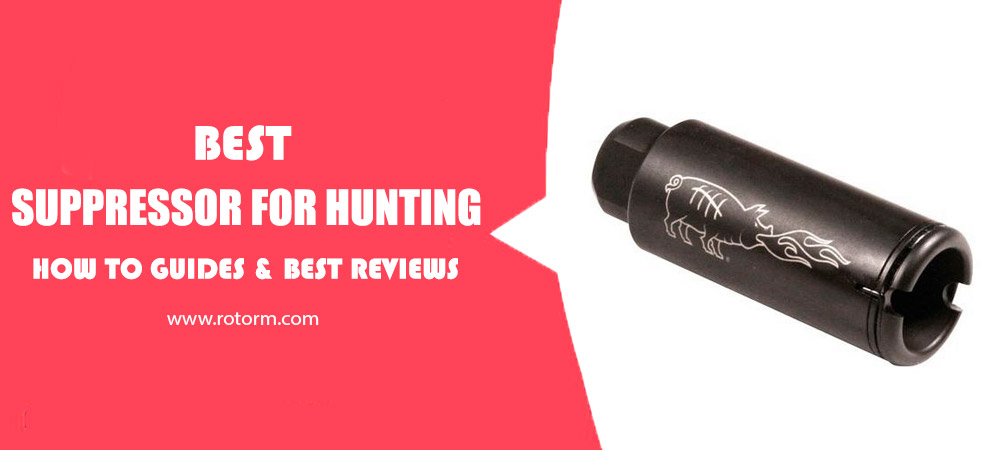

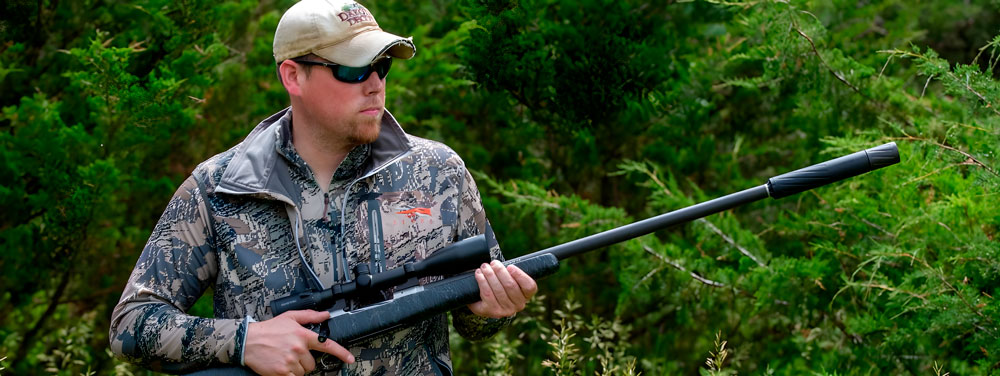















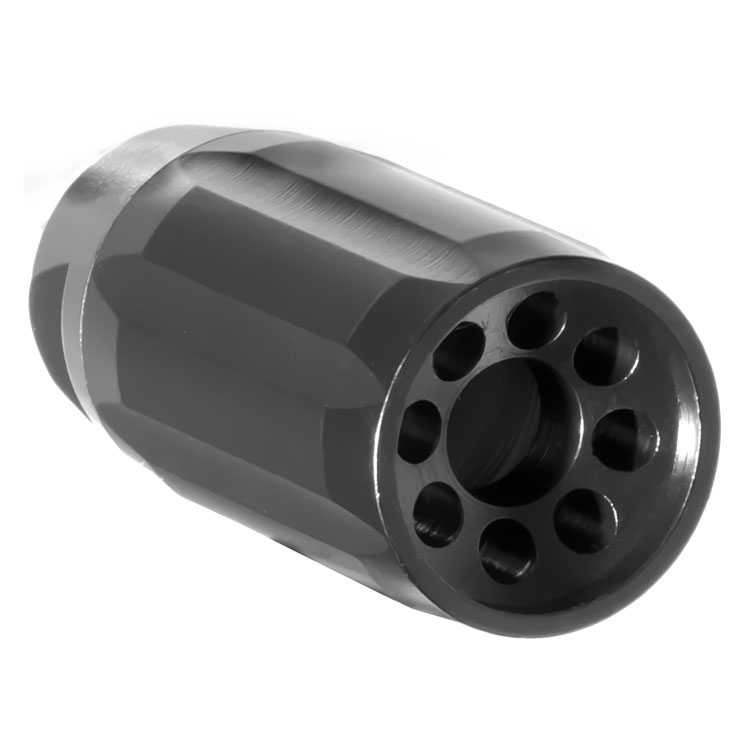
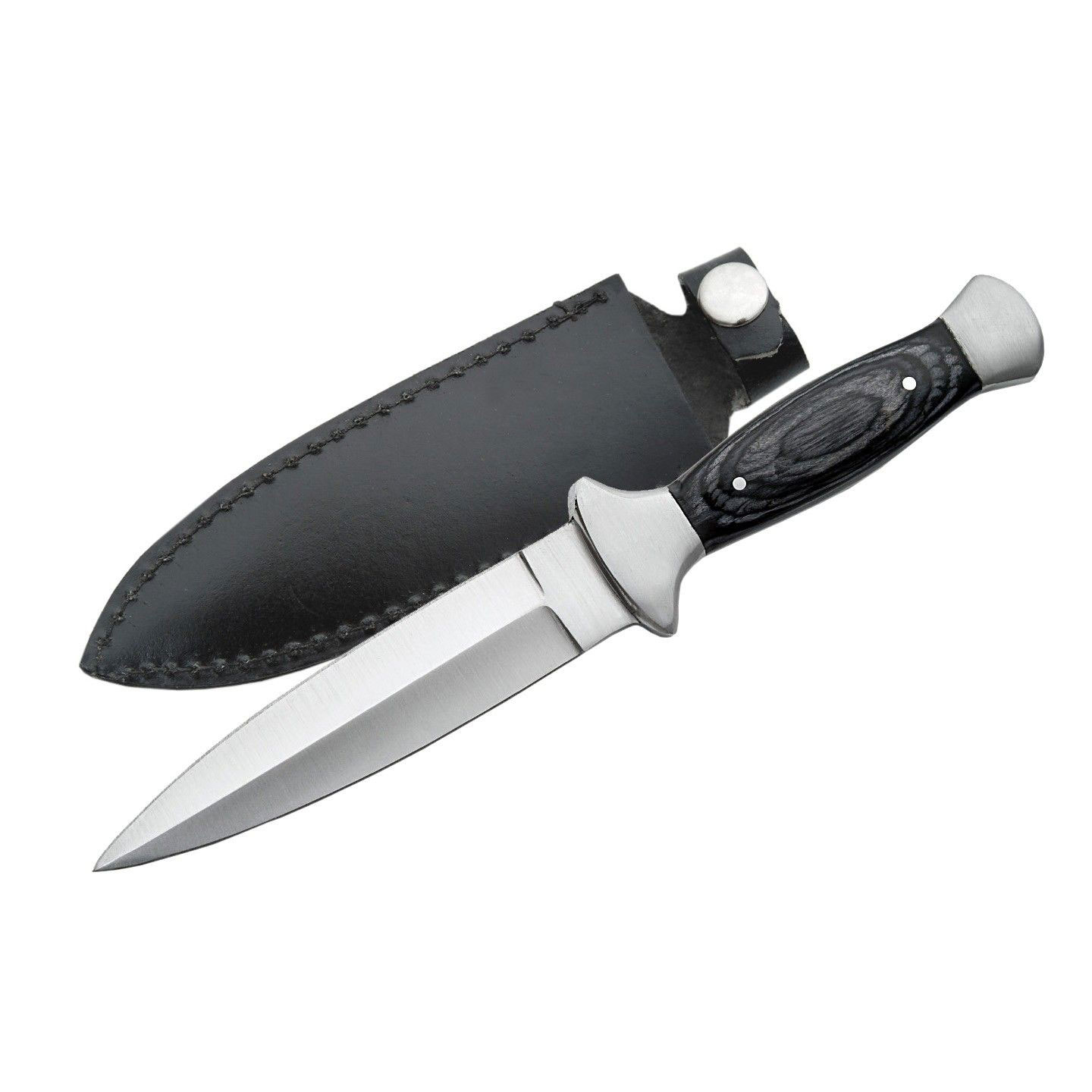
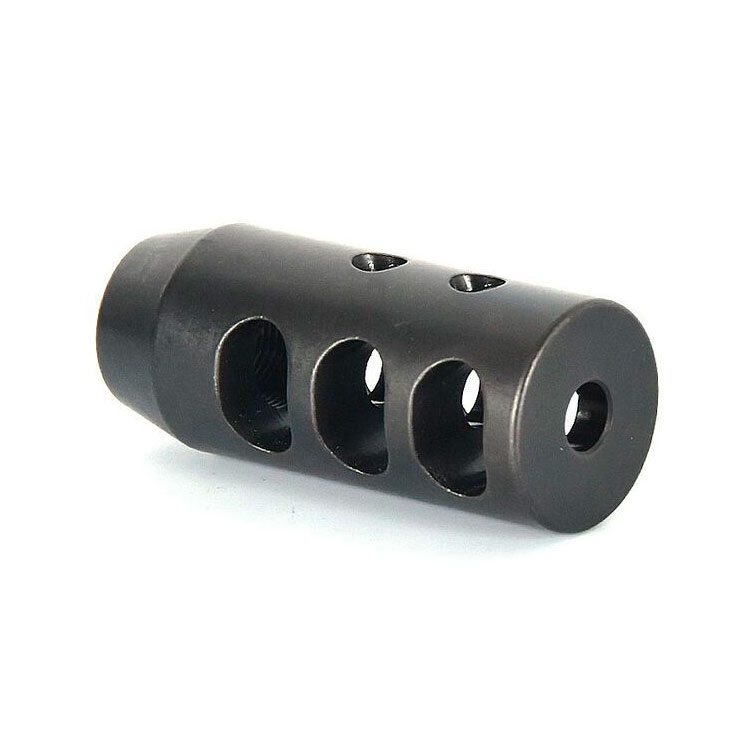
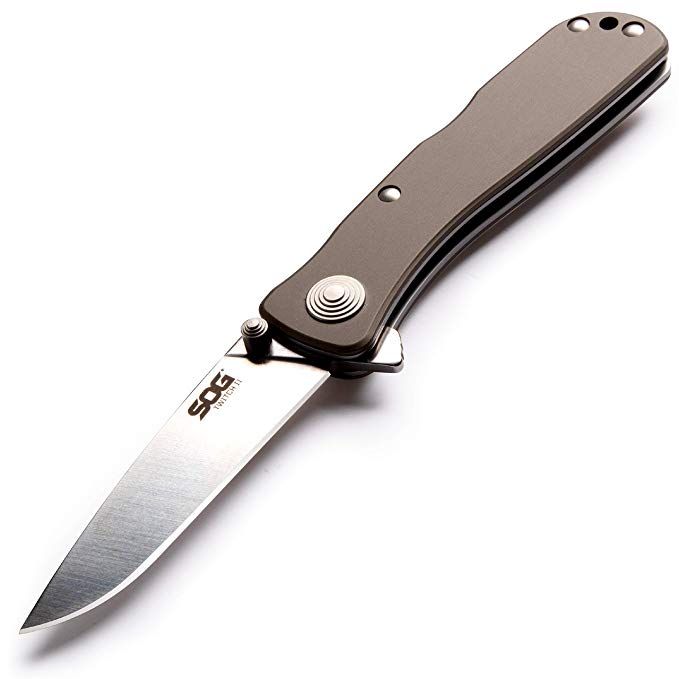
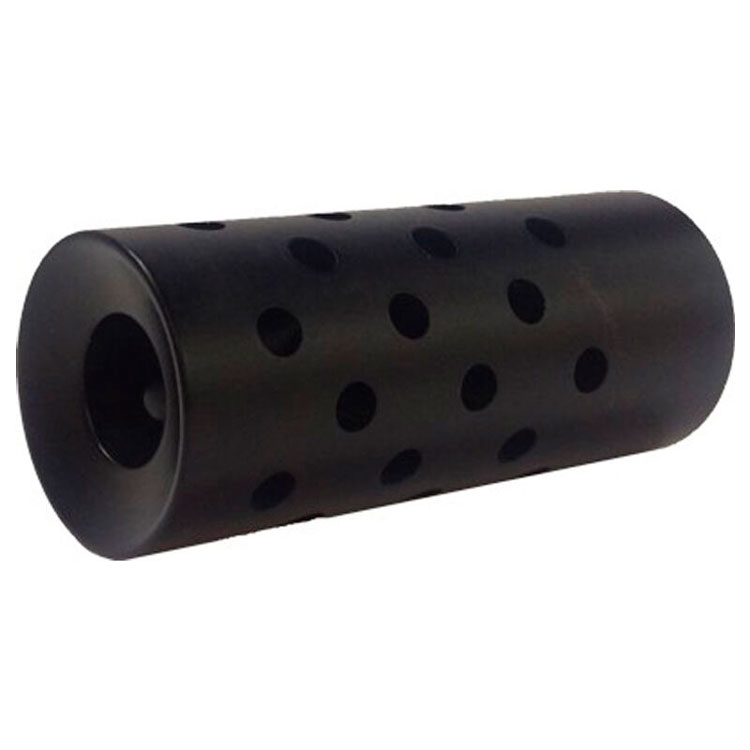
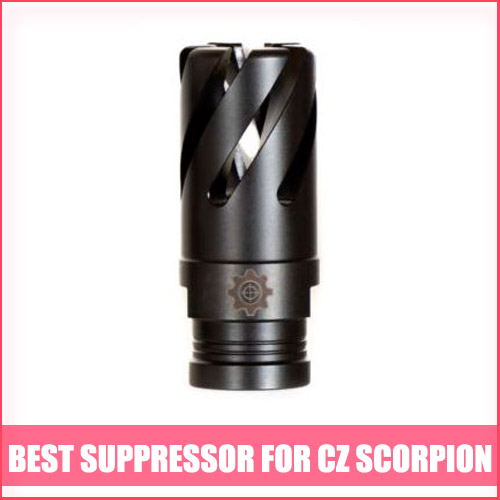
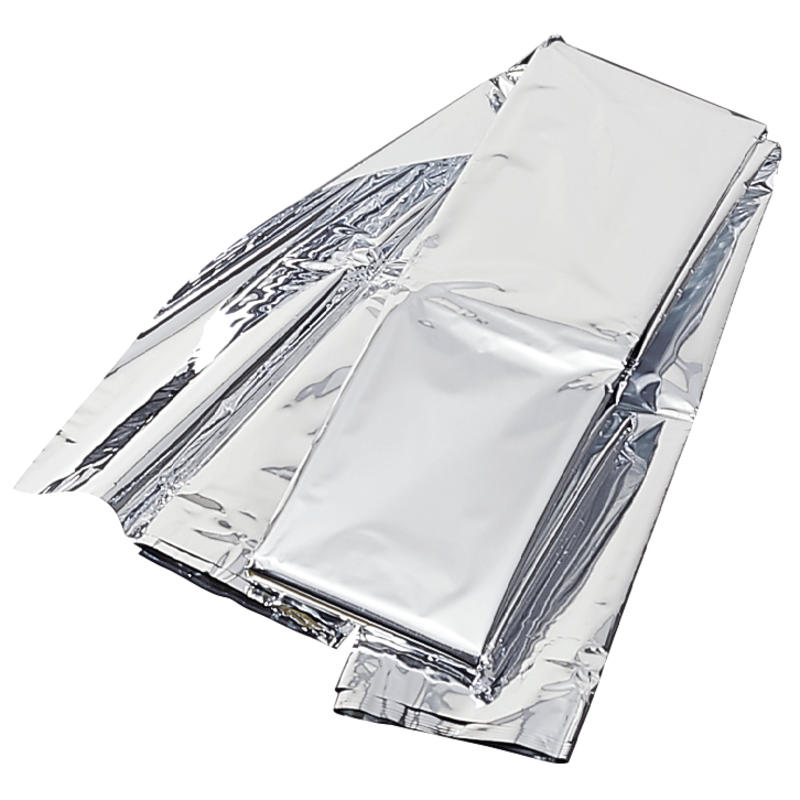
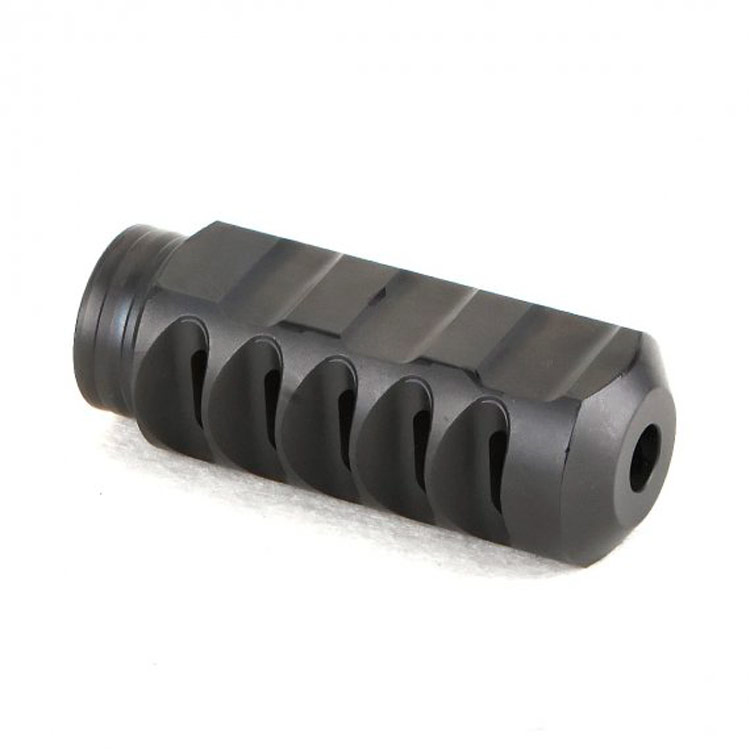
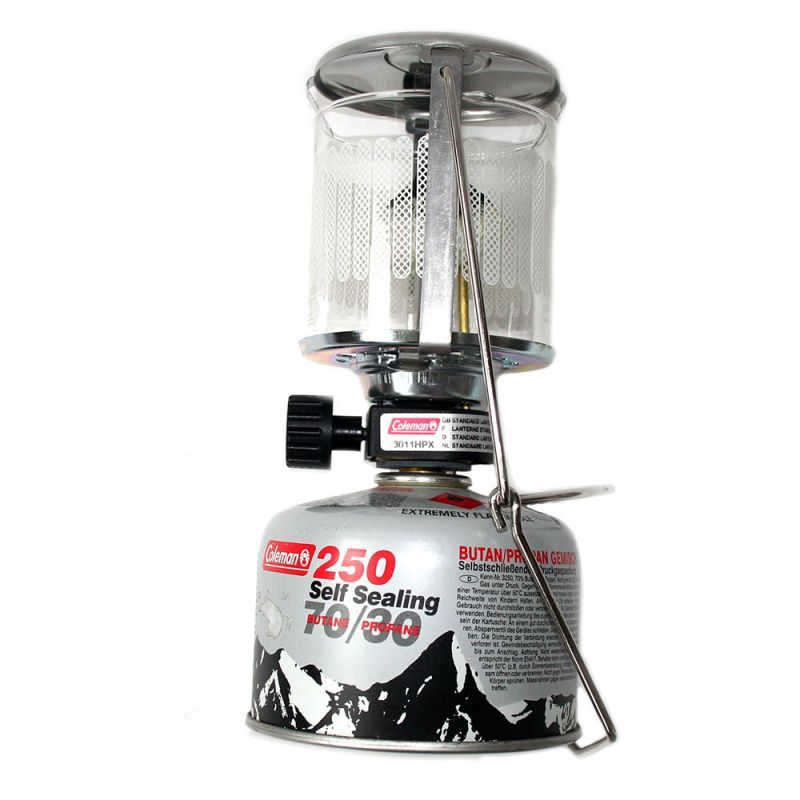
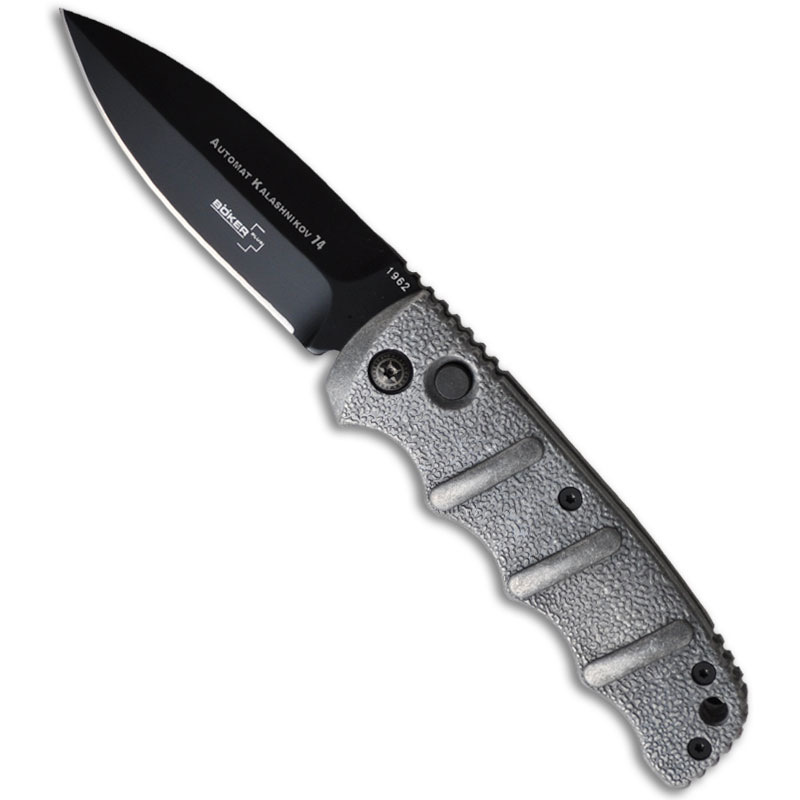
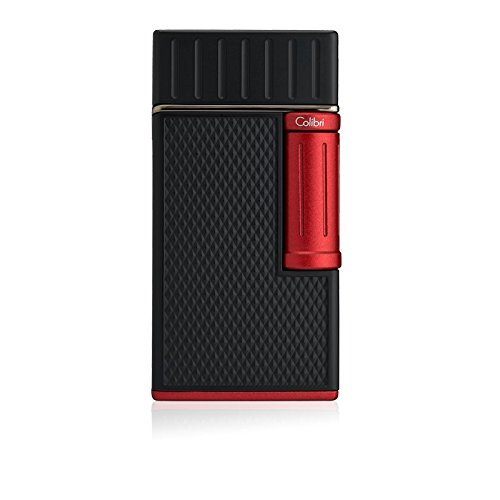
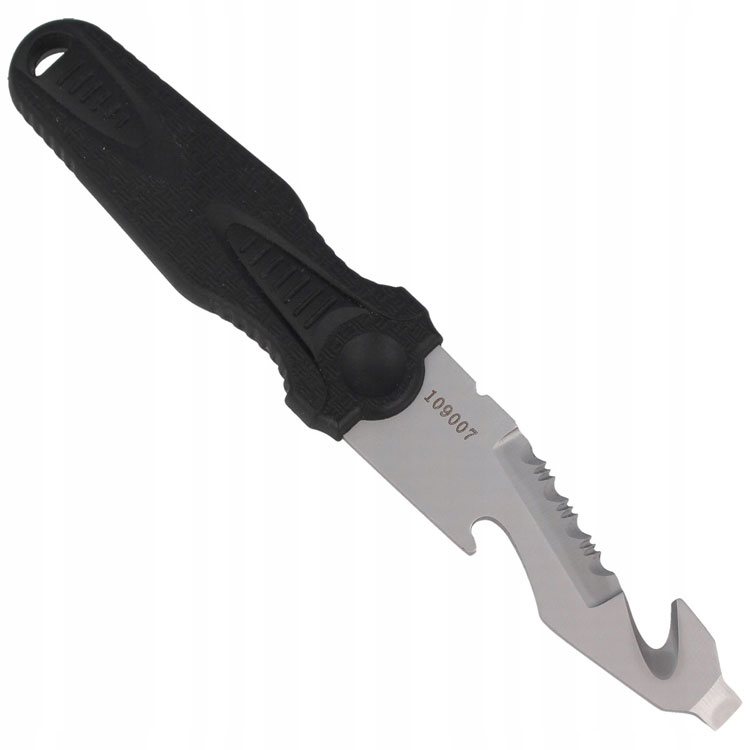
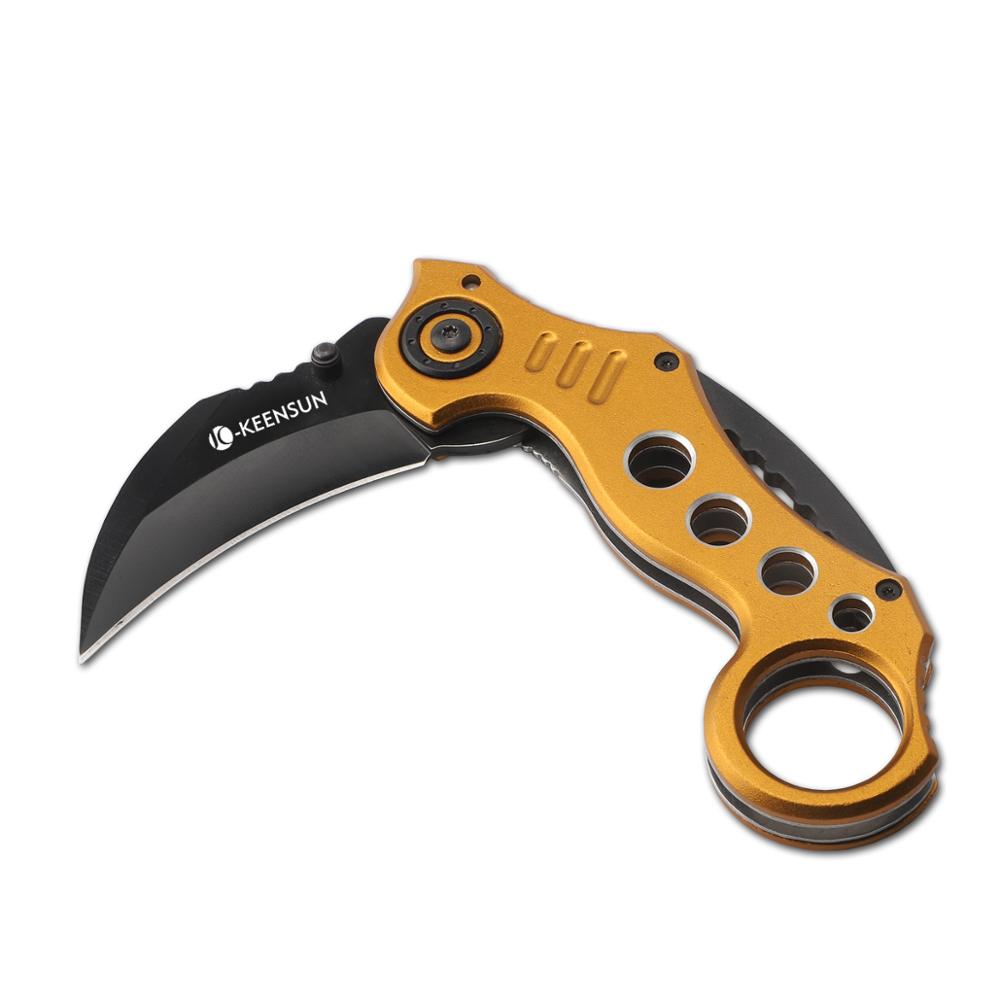
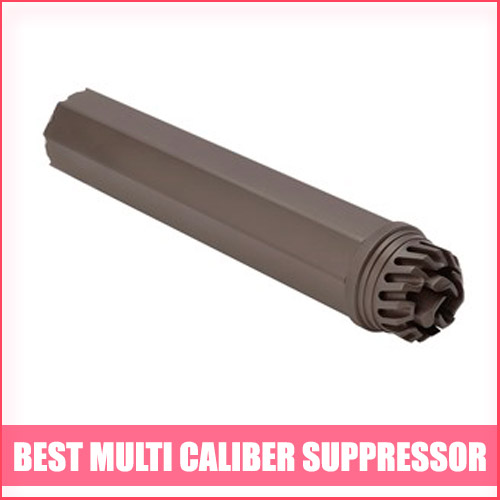
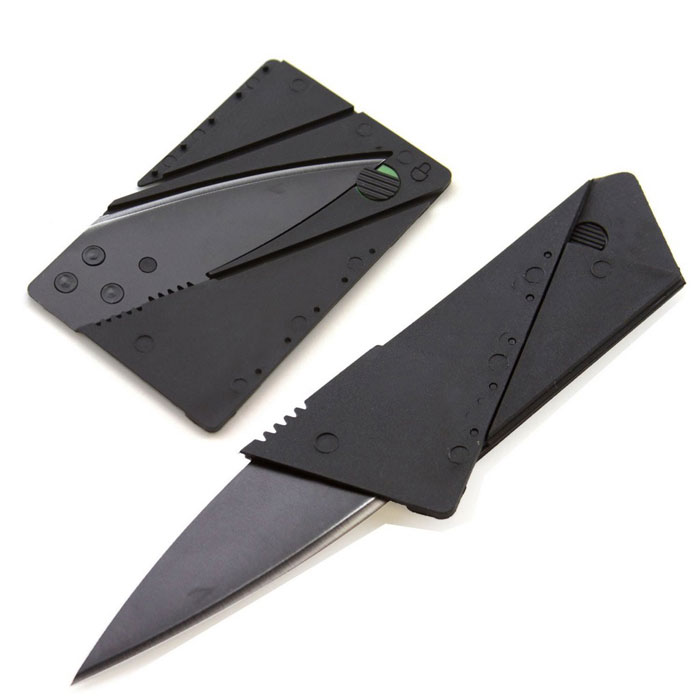
I’m concerned about the added weight. How much weight does a typical suppressor add to a firearm, and does it affect the balance and handling significantly?
🟩 Most rifle suppressors add around 5-10 ounces of weight depending on the model. For common calibers like 5.56 or .308, this keeps the balance manageable. Heavier precision rifles may be more affected.
🟩 Rimfire suppressors for .22 LR firearms can be extremely light at 3-4 ounces. These have a negligible effect on balance and handling.
🟩 Pistol suppressors are a bit bulkier but still typically under 10 ounces. The extra front weight on a handgun is more noticeable but manages to not be too disruptive for most shooters.
🟩 Suppressor designs using titanium, aluminum alloys and tough polymers help trim weight instead of traditional materials like steel. Advanced construction techniques like baffles vs. wipes also reduce heft.
🟩 The weight is positioned toward the muzzle end of the barrel, so the overall feel of the firearm isn’t altered too severely in most cases.
The weight increase is noticeable, but it doesn’t have to be a deal-breaker.
Hey everyone, I’ve been experiencing some first round pop issues with my suppressor lately. It seems like the initial shot is always louder than subsequent ones. Is this a common problem, and is there anything I can do to reduce it?
🟪 The first round fired after attaching a suppressor is sometimes noticeably louder than subsequent shots. This is due to the suppressor being at ambient temperature before firing begins.
I’ve noticed that the first round pop can vary depending on the suppressor design. Some monocore designs seem to suffer from it more than others.
I’ve heard about pre-filling with inert gas, but I’ve also read that some folks just shoot a “sacrificial” round through the suppressor to clear out that initial gas
Hi! What finish is the best for supressor?
Here are some common finishes and their characteristics to help you decide which might be best for your suppressor:
🟨 Cerakote Finish: Cerakote is a popular ceramic-based finish known for its durability and corrosion resistance. It comes in a wide range of colors and patterns, allowing you to customize the appearance of your suppressor. Cerakote also offers good heat resistance, which is beneficial for high-heat applications.
🟨 Stainless Steel Finish: Many suppressors are made from stainless steel, which inherently offers corrosion resistance. While stainless steel doesn’t have the same visual appeal as some other finishes, it’s reliable and easy to maintain. Some manufacturers offer a polished stainless steel finish for a sleek look.
🟨 Black Nitride Finish: Black nitride, also known as salt bath nitriding, provides excellent corrosion resistance and durability. It creates a deep black finish that looks sleek and is less reflective than stainless steel. Black nitride is known for its resistance to wear and abrasion.
🟨 Hard Anodized Finish: Often used on aluminum suppressors, hard anodizing is a process that creates a thick and tough protective layer on the surface. It’s corrosion-resistant and can provide a matte black or gray finish. Anodized finishes are typically less durable than some other options, especially when it comes to resisting impact or abrasion.
🟨 Ceramic Finish: Some suppressors have a ceramic coating that provides excellent heat resistance and durability. Ceramic coatings can also be used to customize the suppressor’s appearance with various colors and patterns. This finish is often used in conjunction with other materials for added strength.
🟨 Titanium Finish: If your suppressor is constructed from titanium, the finish can vary. Some users prefer the natural gray or bead-blasted finish of titanium for its lightweight and corrosion resistance. Others may choose to coat or anodize titanium for additional protection and aesthetics.
🟨 Hybrid Finishes: Some suppressors combine multiple finishes to achieve both durability and a unique appearance. For example, you might find a suppressor with a stainless steel core and a Cerakote or black nitride exterior.
I’ve been hunting for years, and I’ve used suppressors on some of my rifles. While they aren’t a necessity for hunting, they do offer some significant advantages. Suppressors reduce the noise and recoil of a shot, making it easier to stay on target for follow-up shots. Plus, they help minimize noise pollution, which can be a consideration if you’re hunting in populated areas or near homes. Overall, I’d say suppressors can be a valuable tool for hunters.
Good post! I cleaned my supressor in dishwasher)
Thank you for feedback